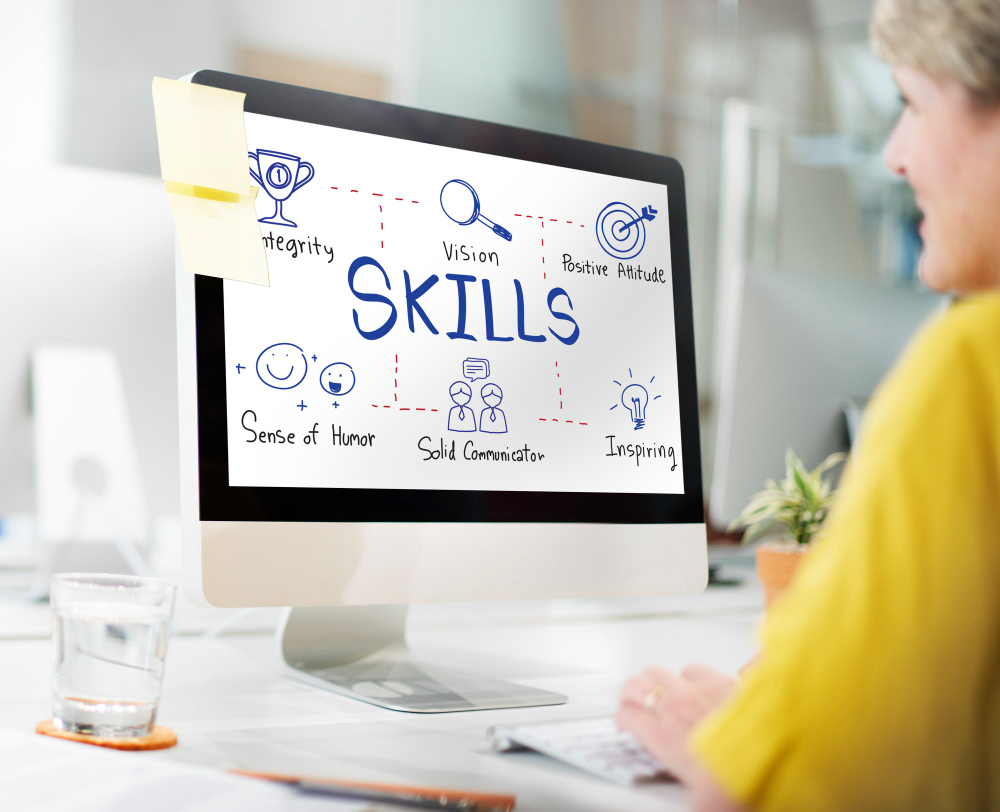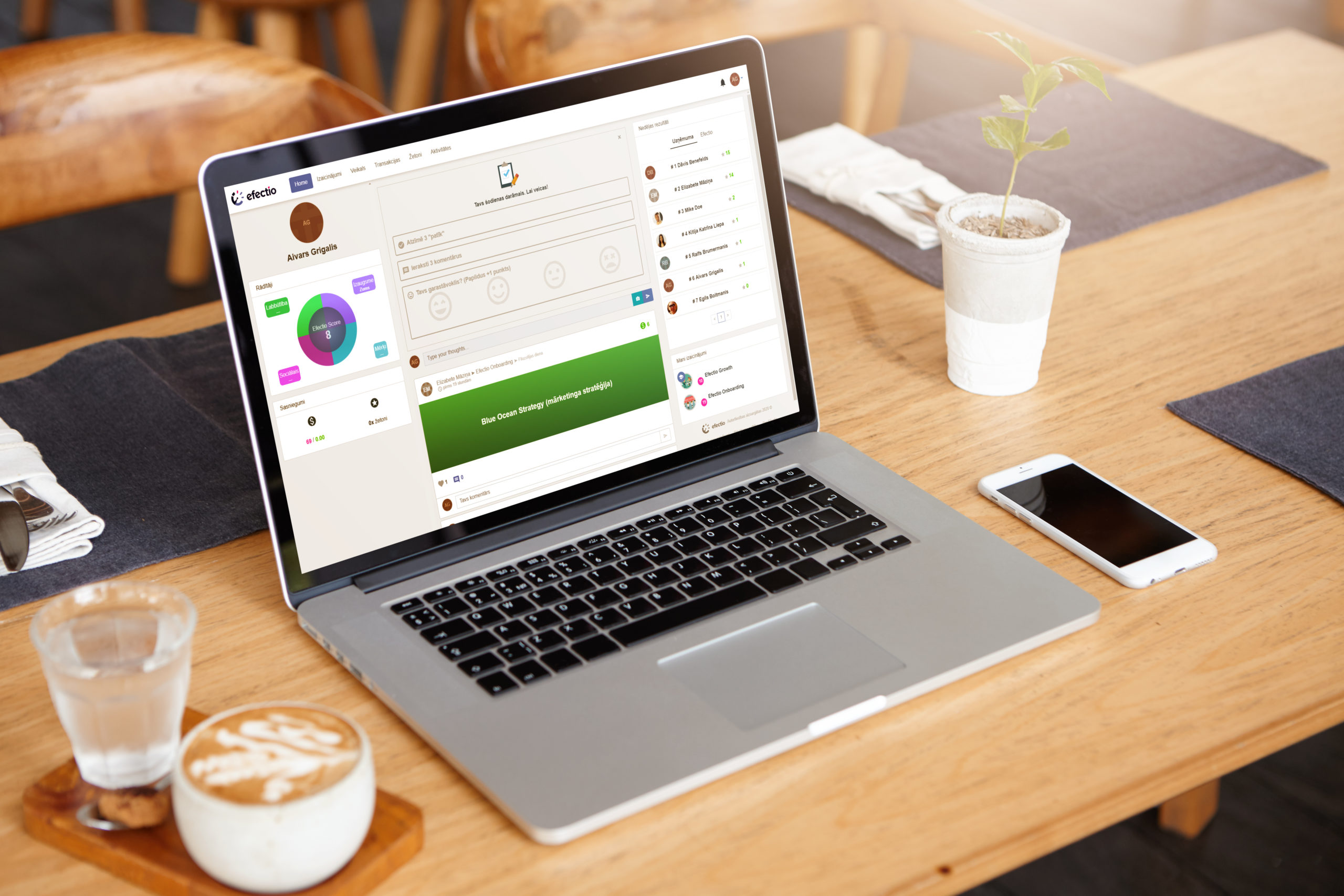Why is Microlearning an Effective Tool for Employee Development?
Why is Microlearning an Effective Tool for Employee Development?
Digitalization has a direct and inevitable impact on both everyday life and work environment. The majority of tasks and actions have become easier because of the huge development technology is going through. However, this great breakthrough that technologies offer has also negative consequences, which mainly affect the human mind and perception. Gadgets are always by our side, and more often job opening requirements include good computer skills. Read more: How to Create a Microlearning Program?
Employers highly appreciate computer and technical skills when looking for their next employees. High proficiency in computer skills demands a great amount of information to be memorized and the learning process can never be stopped. In the modern age, humans are exposed to huge amounts of information – it is calculated that every day the brain receives 34GB of information. Therefore, it is only natural that the brain cannot keep all of the information, and only the most important data can be “stored” in one’s brain.
This is where microlearning can be applied as this approach allows to retain only the most important information and also to learn faster. Microlearning is split into small periods of time and, therefore, needs relatively little effort. With this learning approach, it is possible to learn more simply.
Here are few examples of everyday microlearning in practice:
- Watching video tutorials on Youtube;
- Learning with flashcards that contain small bits of information;
- Doing quizzes and puzzles;
- Receiving information by e-mail as the newsletter.
- Even scrolling through Facebook is considered to be microlearning!
There are numerous ways how microlearning is implemented in daily life, unfortunately, a lot of these ways include useless information. For example, social media is often used to switch off the mind from work, to entertain and relax. However, most of the posts and short videos that are on social media vividly stick in the memory. If tailored for the work environment, this learning approach can be effective and improve employee development in several ways.
- The learning process is more effective if all the information that has to be learned is divided. Think of courses and lectures, for example. There is a whole course divided into lectures which usually cover specific themes. Yet this usual approach of studying has become unproductive. Based on the Journal of Applied Psychology, microlearning is 17% more efficient than regular classroom studying.
- To customize the content for microlearning, it has to be revised and, most often, cut shorter to leave only the main points and facts. In this way, the mind receives only what is important and is not cluttered with background information.
- Studying by using small information portions needs less effort from employees than participating in seminars or workshops.
- This learning approach allows gaining knowledge when the employee is fully focused on it and ready to perceive the following entirely.
- Software Advice report about learning techniques included a survey of 385 employees. More than 50% of the respondents would choose learning courses in the workplace if they would be shorter. Not only are shorter courses better for retention but they are also easier to plan into everyday schedules.
- Learning for 5-7 minute short periods matches human attention span since it becomes shorter over time. On average, in one hour a person switches gadgets 21 times. This tendency affects the productivity of an employee and the amount of attention that one task can get from the employee.
- Another research, however, states that an employee spends 11 minutes on a task until a call, an e-mail or another co-worker interrupts it. In these minutes, the task usually is split into several smaller tasks, leaving around 3 minutes for each of the tasks. If these tasks include consumption of information, especially in digital form, only 20 seconds are dedicated to this bit of information, before attention switches to a different page.
- The repeating process benefits long-term memory, and if the information is in a short form there is a greater chance that it will be revised as it is easier to reread small pieces of information rather than a whole folder of copies from standard lectures. It is better to go over the same thing for short periods rather than spending hours revising.
There are numerous ways how microlearning benefits employees, plus every employer benefits if employees are satisfied. In addition, switching to microlearning is also beneficial for the whole company. It is estimated that reorganizing courses to fit the microlearning approach is 50% more cost-effective than an organization of regular courses:
- Microlearning is mostly organized to be digital and easily accessible, therefore mobile. It cuts the costs of rent and lecturers salary as well as the cost of materials – no more need for making paper copies and stacking stationery in piles.
- It is not only cost-effective but also less time-consuming in preparation and updating. To update information on a digital platform is way easier than to change the presentation and print new handouts.
It is known that microlearning courses are easier to develop, update and distribute but what do they give to employees?
- As microlearning takes less time than traditional courses, it is easier to blend the learning into an everyday schedule so it does not affect employees’ work performance.
- The concept of this learning approach is designed to be revised numerous times, therefore all of the knowledge is more likely to be saved in employees’ long-term memory.
- The shortness of these studies motivate employees to engage more as shorter courses can be completed quicker, therefore employees feel accomplishment which motivates them for further work.









